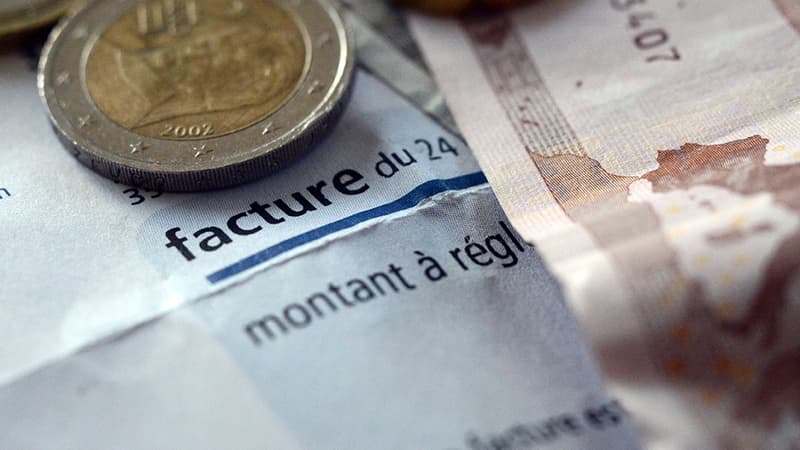The device is expensive, but it’s worth it. Freezing of the price of gas, increase in the price of electricity with a cap, discount at the pump, exceptional energy vouchers… tariff shield implemented by the government in the fall of 2021 in the face of rising energy prices has allowed a net gain in growth in France, according to a study by the Institute for Public Policy (IPP). Without this financial effort, the GDP would have grown this year by only 1.11% instead of the 2.85% that the authors of the study count on.
For François Langot, research economist at CEPREMAP and author of the study, the tariff shield, which will cost 110,000 million euros in the period 2021-2023 according to the Government, seems to be “the best compromise in the sense that it preserves growth.” manages more or less to contain inflation and not boost the price-wage cycle”. Without this system, French inflation would have reached 7.5% per year at the end of 2022, instead of 6.4%, the level expected by the end of of year.
This supply policy is thus considered more effective “in containing inflation” than a demand policy that would have consisted of paying money directly to all households. With such a system, the 2022 growth rate would have been 1.65%, compared to 2.85% with the tariff shield. On the other hand, support for demand through transfers to households would have been “more effective than the tariff shield in reducing inequalities in consumption between the most favored and the least favored households,” the study underscores.
Should we continue in 2023?
The authors of the IPP study also consider that the government did well to maintain the tariff shield in 2023, even if the device will be less generous with, in particular, an increase in gas and electricity prices limited to 15%.
Without this renewal, French growth would be in half next year (0.55%, versus 1% forecast), while inflation would stand at 5% instead of 4.6%. The main cap of the tariff shield is ultimately based on its cost with a projected debt/GDP ratio of 112.5% in 2027, compared to 110.7% in the absence of this device.
But this cost for public finances seems sustainable given the positive effects of the tariff shield on economic growth and the fight against inflation and inequality. It should also be noted that without the renewal of the system in 2023, public debt would have been higher at the end of the five-year period (112.8% of GDP instead of 112.5%) because the budget savings derived from this absence of support would have been more than offset by the significant cost of lost growth that would have resulted.
Source: BFM TV


